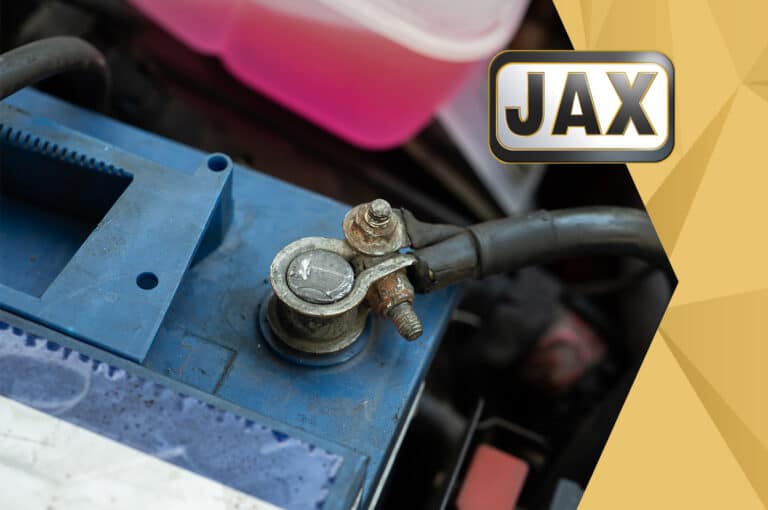About Viscosity
Viscosity is a fundamental concept in fluid dynamics. Viscosity behavior is determined by the extent of molecular interactions that cause internal friction, affecting how easily it can flow without internal resistance. Honey, for example, has stronger intermolecular attractions compared to water, which leads to honey flowing slower than water. Additionally, a given fluid’s viscosity can be impacted by conditions like temperature and pressure. If we were to impart heat or high pressure on the honey in the previous example, you would see an increase in flow speed compared to the room temperature honey.
Hydraulic fluid viscosity directly impacts system performance. Lower viscosity fluids are ideal for applications where rapid fluid flow is required, such as high-speed machinery. Higher viscosity fluids offer greater resistance to flow, making them suitable for applications that require more pressure or load-bearing capacity.
Selecting the Right Viscosity
When selecting hydraulic oil, it’s essential to consider the OEM (original equipment manufacturer) recommendations for viscosity. Following these guidelines ensures that the fluid matches the system’s intended requirements, leading to smooth operation and minimal wear. Viscosity grades for hydraulic fluids are determined using the ISO viscosity grading scale, with common grades falling between 10-100. The ISO viscosity grade refers to the kinematic viscosity of a fluid at 40°C.
Application
Let’s say you are evaluating the fluid for your excavator’s hydraulics. There are lots of things to consider, including environment, temperature, pressure, etc. When it comes to viscosity, you’ll want to select a fluid that is thin enough to quickly transfer power and increase energy efficiency but has enough body to properly lubricate internal moving components and prevent unnecessary wear. A hydraulic viscosity range of ISO 46-68 would be a starting point for consideration.
Conclusion
In conclusion, optimizing hydraulic fluid viscosity is essential for achieving expected system performance. By understanding viscosity concepts, following OEM recommendations, and selecting the right viscosity grade using the ISO scale, operators can ensure smooth operations, minimize wear, and extend the lifespan of hydraulic systems. It can also provide some energy savings, which we’ll dive into in our next article.
Looking to explore hydraulic fluid solutions? Consider exploring some of the solutions below:
Food Grade:
- JAX Magna-Plate® 60 Series
- JAX Flow-Guard (Low Viscosity Series)
- JAX FGH-AW Series
- JAX Pyro-Flow® FG 46









